The Holocaust Monument in central Targu Mures, a bronze monument, inaugurated on May 4, 2003, which depicts a family of Jews - adults and children -, each of the carved characters conveying fear and despair, was made by the sculptor Márton Izsák (1913- 2004), the one who lost his mother and 24 other close relatives in the Auschwitz death camps, during the Second World War.
Márton Izsák was born on April 12, 1913, in Galautas, Harghita County, and died on February 1, 2004, in Targu Mures, being the first Romanian Jew to return home after the Second World War, after being part, for two years, from a work detachment including in Siberia.
Due to his work as an artist, but especially for the fact that he decisively contributed to the establishment of the Art High School in Targu Mures, during the education reform of 1948, in the conditions in which only five such institutions were approved at the national level, in 2001, Márton Izsák was declared an Honorary Citizen of the municipality.
The sculptor told in an extensive interview given to the Centropa Foundation, in 2002, how he managed to convince the Ministry of Arts to establish the Art School in Targu Mures, along with those in Bucharest, Iasi, Baia Mare and Cluj-Napoca.
His drama was that in this art school, of which he was director in the period 1949-1974, there was no Jewish child, as he recounted, because "after the Second World War, there were almost no Jewish children. Almost one hundred percent of the Jewish children were killed in Auschwitz".
And this because, in 1944, in the months of May-June, 7,700 Jews from Targu Mures and its surroundings were deported, of which 5,993 never returned.
"The majority were children, of which 343 children, who did not reach the age of 15 to allow them to be sent to the labour camps, were sent to be gassed," the leader of the Jewish community in Targu Mures, Vasile Dub, explained to AGERPRES.
When the Second World War broke out, the sculptor says that he came home from Bucharest, to TarguMures, and in 1942, he was already in the labour detachments, where he worked for two years.
At the same time, on the Ukrainian front, his younger brother was caught and taken prisoner. The Jews were stripped of their uniforms and taken to work, and Márton Izsák ended up in Siberia, where he did all kinds of activities - clearing forests, repairing roads, bridges and cutting wood for two years, then managed to escape at home, encountering many difficulties.
Márton Izsák was the first Jew who came to Targu Mures and he could not find any relatives, although he had received assurances that those who served in the army on the front line would be exempted from deportation, as well as their relatives.
"Despite all this, they deported my mother and my younger sister and the whole family. Twenty-five of my close relatives died. My mother was 54 years old. They rounded up the Jews, took them to the factory of brick and they deported them from there. (...) In the deportation, all of my wife's (Rozália Sidler, ed. n.) family perished, only her brother survived. She escaped by accident. (...) We were not married then, I was just courting her. She was in Auschwitz, then I don't know what city she ended up in, where she worked in an airplane factory with my sister. When the Germans saw that there was trouble, that the Russians were close, they ran back in Germany, and they, the deportees, were also kicked out. They stayed on the property of a German landowner and about fifteen of them worked. (...) Then the deportees who worked on the estate came home, including my wife. But my wife didn't tell me much about it, and I didn't ask much. But she always told stories to her students," Márton Izsák said in the 2002 interview.
Márton Izsák said that after the Second World War, the public atmosphere in Targu Mures was the same as before the war, only that there were no Jews. And that's because very few returned home after deportation, and some of those who survived preferred to go to Israel.
In the proposal formulated by the Jewish Community for granting the title of Honorary Citizen of the municipality of Targu Murea, from 2001, it is shown that one of his main works, the Holocaust Monument, "is a vibrant evocation of the tragic fate of our parents and children, as well as the tragedy of all Jews in the Holocaust".
"The model of the statue, a masterpiece created by the master Izsák Márton in 1955 from plaster, is in the place of honour in the Art Museum, and a copy, also made of plaster, watches over the mortuary hall of the Jewish cemetery in Verii street (in Targu Mures, ed. n.). (...) He began his studies in his native Galautas, then in Targu Mures and Budapest, where he studied sculpture at the Art Institute. Starting from 1933, he presented his works in various exhibitions. He had successful exhibitions in Bucharest, Targu Mures, Ciuc, Sfantu Gheorghe and in other cities, his sculptures could be seen in New York, Budapest, Venice, Vienna, St. Petersburg (Hermitage), Prague, Helsinki, Athens, Berlin, Ankara, Sofia, Tel Aviv, Warsaw, Belgrade and Moscow. His works are kept at the Museum of Art in Bucharest, Targu Mures, Arad, Constanta, Oradea, Craiova, Tulcea, Cluj, Sfantu Gheorghe and in other county museums," stated the proposal of the Jewish Community.
Márton Izsák's sculptures and works decorate a number of cities, such as Budapest, Targu Mures, Sfantu Gheorghe, and his statue called "Deportees", placed in the city of Dej in 1947, is the first monument to the Jews deported from the country and the oldest in Europe.
As for the Holocaust Monument in Targu Mures, it sparked a series of controversies after the artist's death. The plinth of the monument in Targu Mures was restored in 2013, on which occasion a black marble slab was placed on which the inscription 'Remember the Holocaust' in English and Yiddish can be found, giving it up, at the request of the Jewish community, to the inscription referring to the fact that the atrocities were committed by the 'Hungarian fascist government' that ruled Northern Transylvania in 1944.
Márton Izsák is also the co-author, along with István Csorvássy, of two of the most representative statues in Targu Mures - the Two Bolyai Monument, located in Bolyai Square, and the Unknown Soldier, located in Victoriei Square, but also the statue of Stalin bears the mark, made in 1955, which once decorated the city, but which disappeared without a trace in 1962.
Márton Izsák started making art as a child, together with a friend, his first work being a plaster head sculpture, after which he modeled his grandfather's head, then a walking stick for his father.
During that period, an artist from Pest, Géza Rózsa, was invited to the "Székely és Réti" furniture factory in Targu Mures and was hired as a master to teach children to carve furniture. Géza Rózsa stayed for around two years in Targu Mures and taught sculpture to some children, among whom was Márton Izsák, whom he noticed and recommended to the family to let him study this art.
Thus, Márton Izsák, as he himself reported, studied at Targu Mures, then in Budapest, where he enrolled at the School of Applied Arts. He finished high school in Budapest and continued his university studies there, where he studied with renowned artists, such as Imre Simay - sculptor, painter, graphic artist - with Lajos Mátrai and Géza Rózsa.
"My first real work, which I did when I was still a student in Budapest, was my diploma thesis, which was exhibited in the park of the College of Physical Education there. It shows an athlete resting, a life-size figure," mentioned Márton Izsák, in the interview granted to the Centropa Foundation.
After graduating from university, he returned to Targu Mures at the end of the 1930s, where he organized an exhibition, in 1938, at the furniture store in the city.
After that first exhibition, his artistic life has constantly manifested between Targu Mures and Bucharest, with the exception of the period spent in the labour detachment.

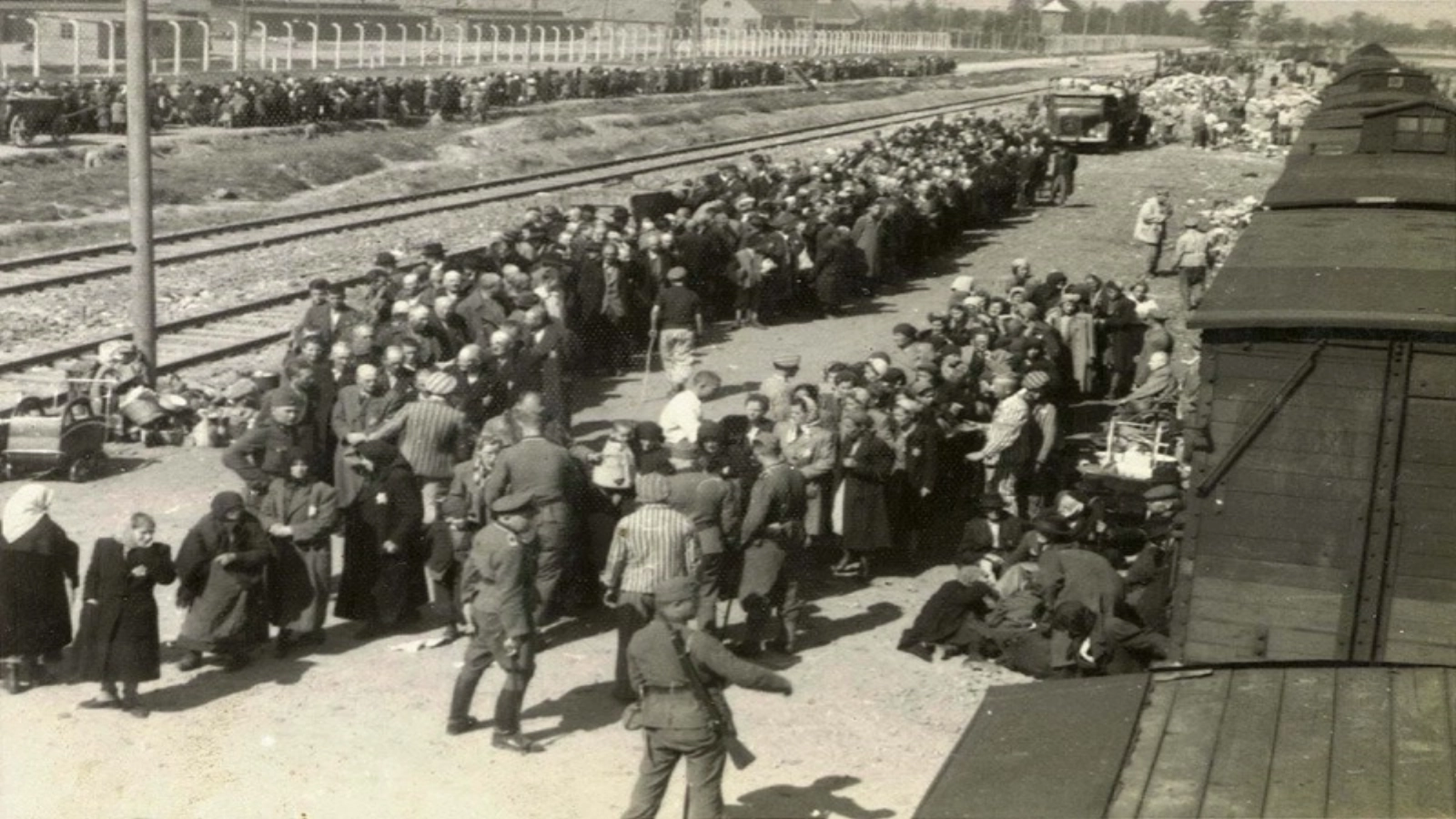



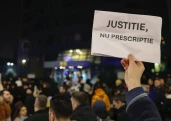
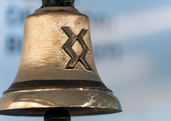
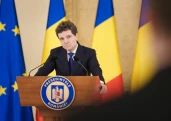
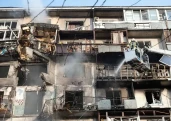
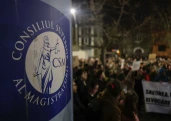

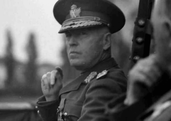
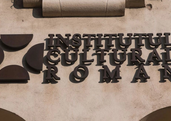
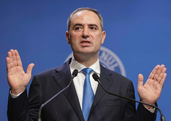
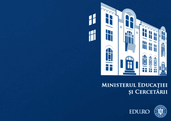
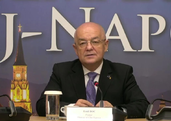
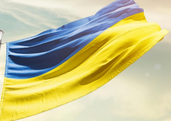
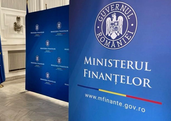




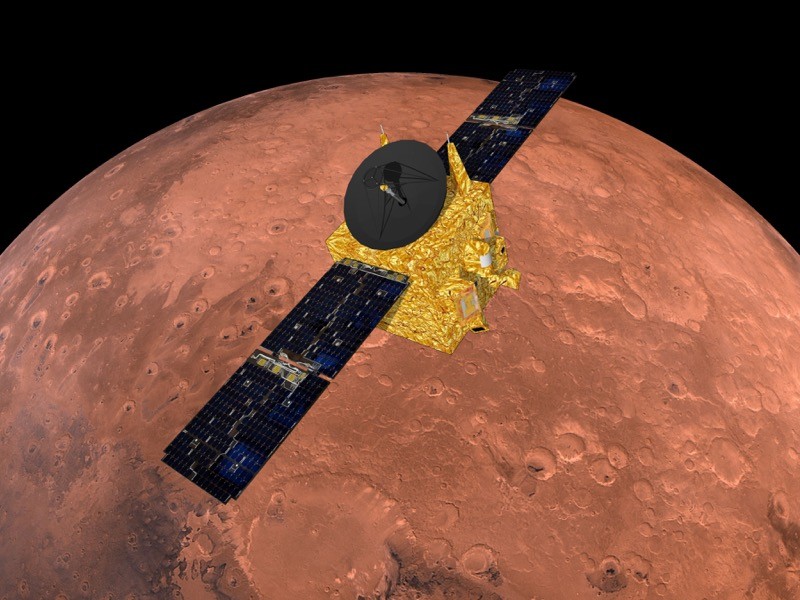
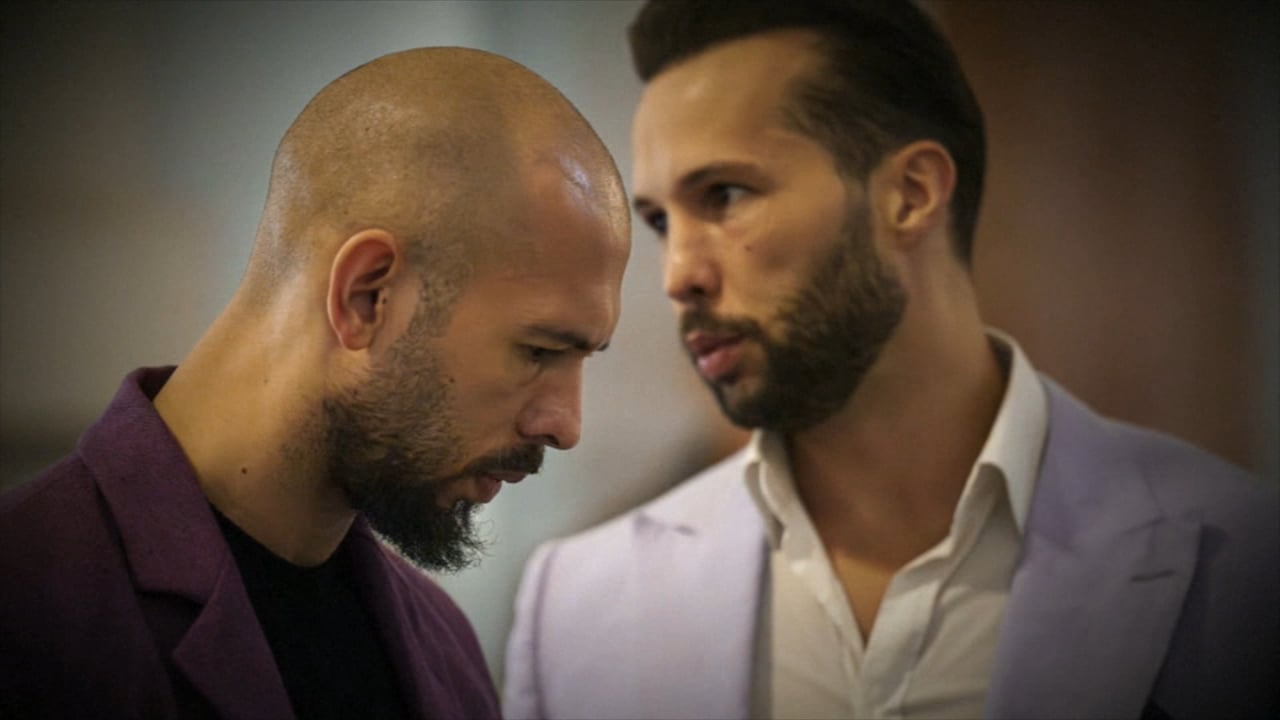
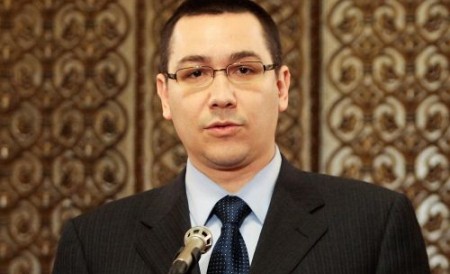

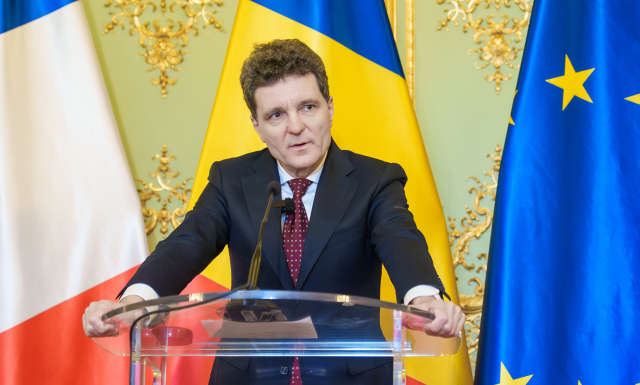
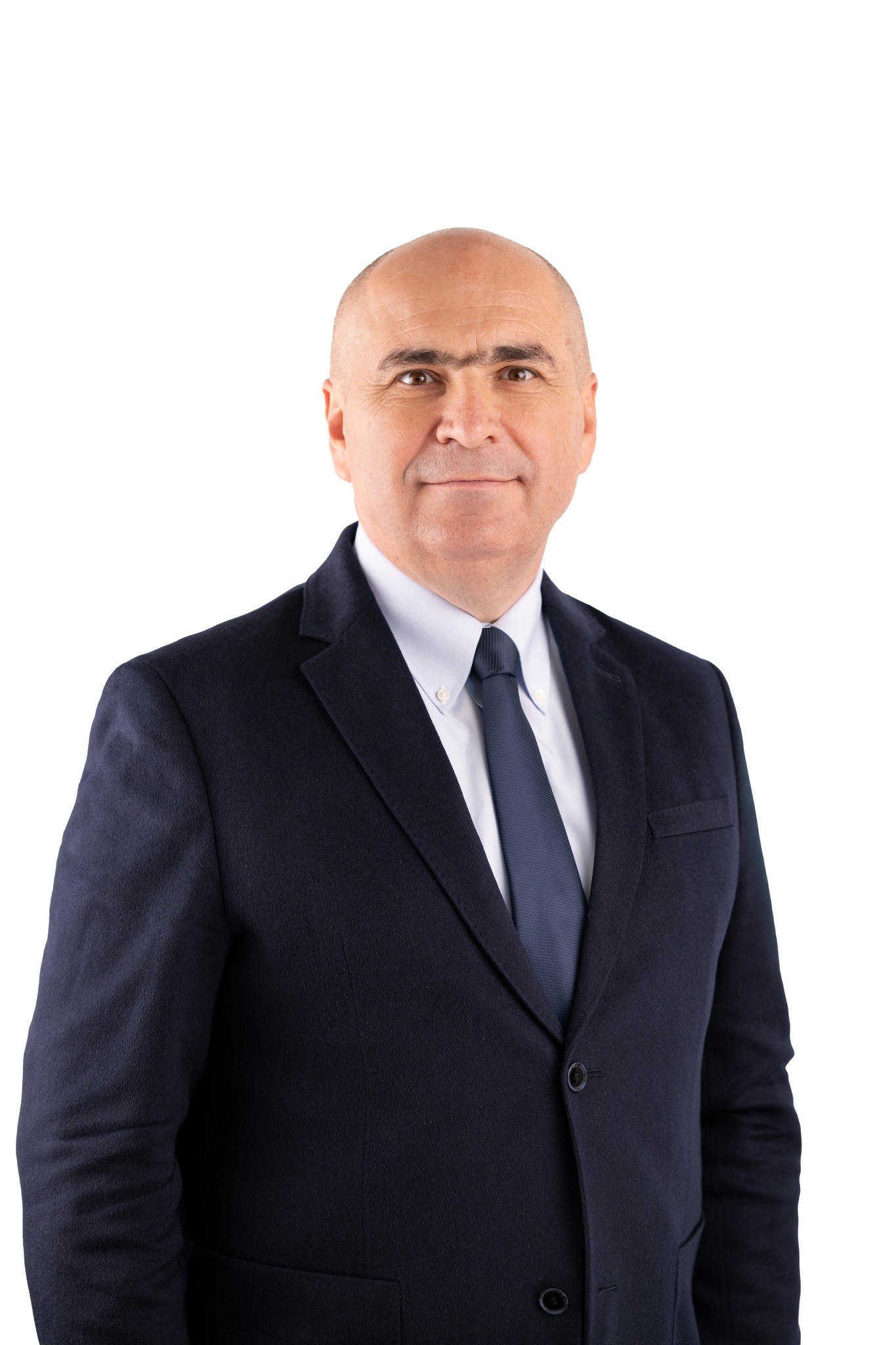
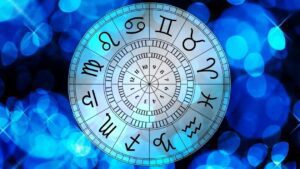





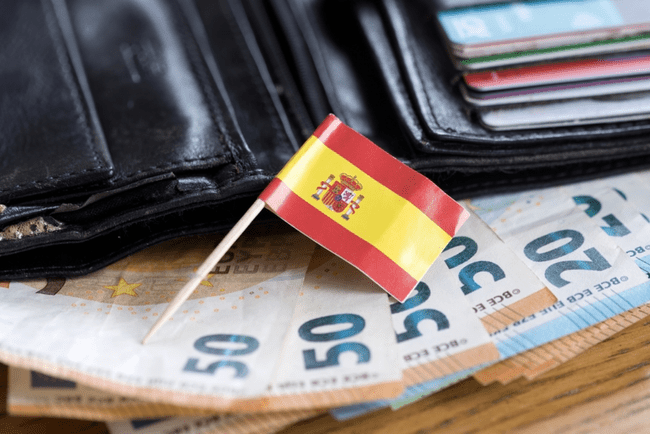

Comentează